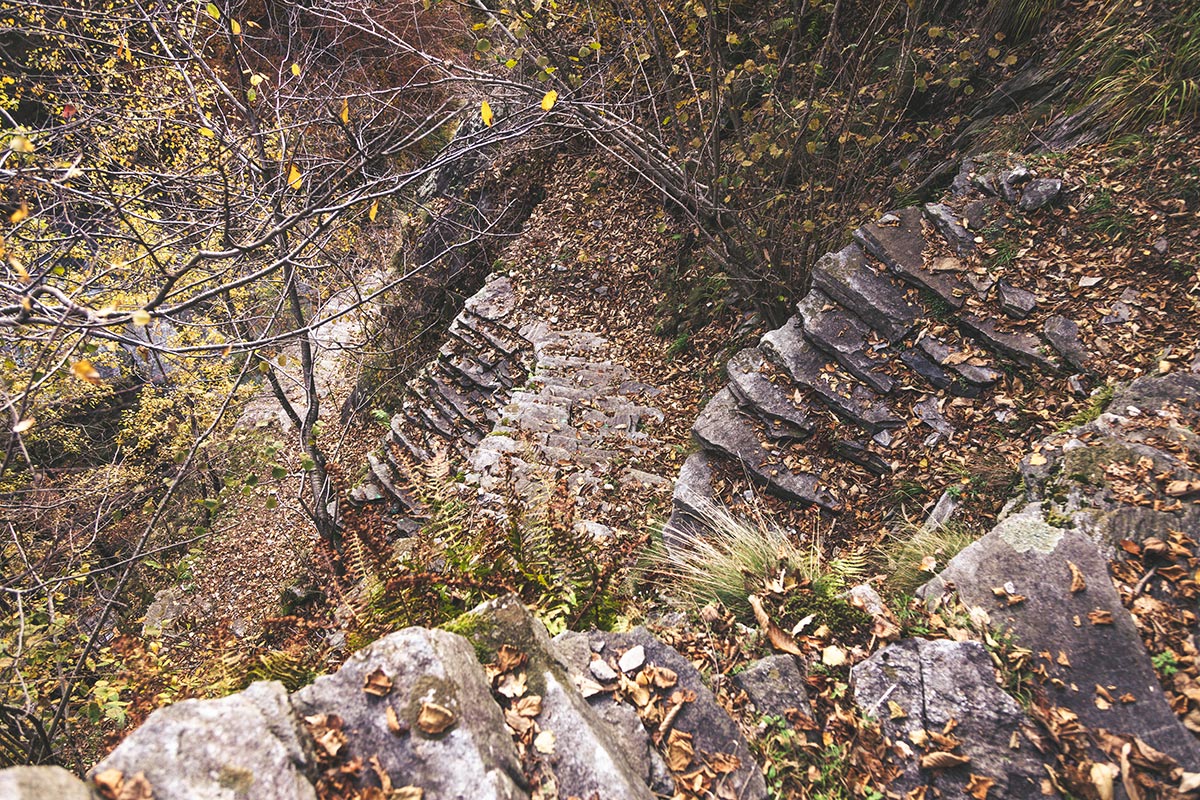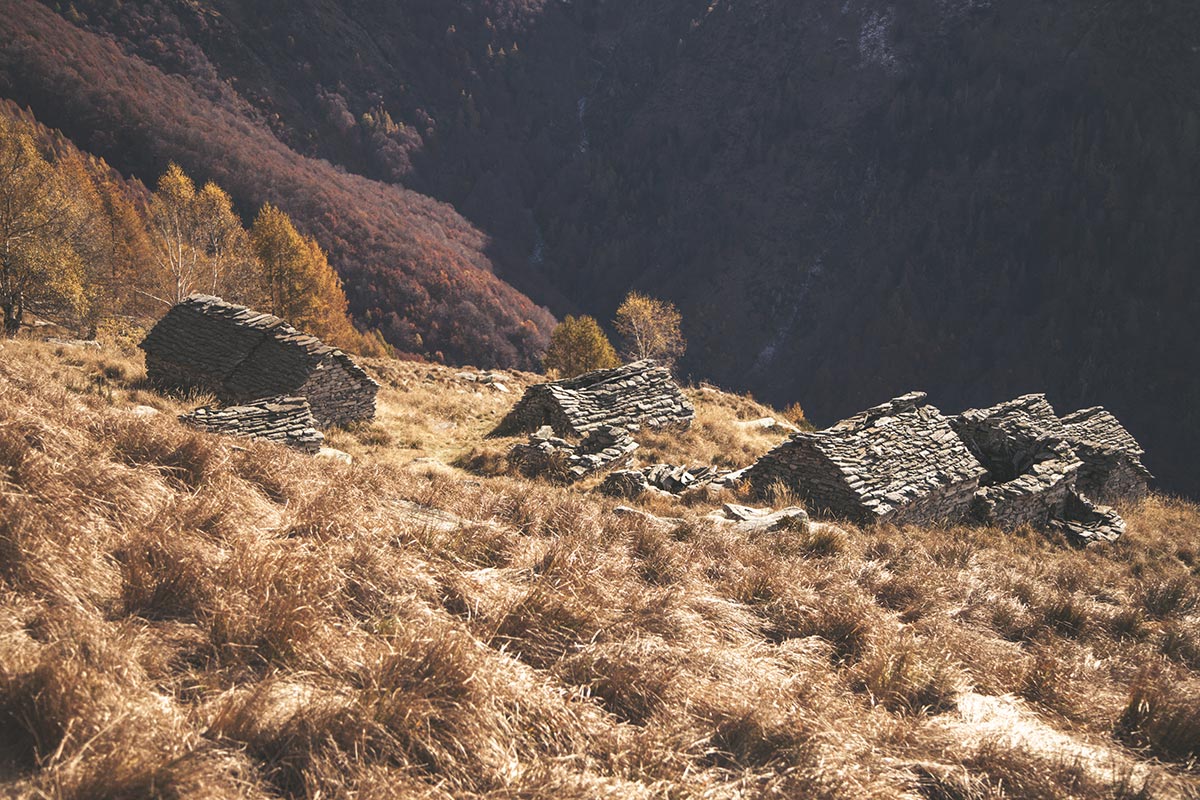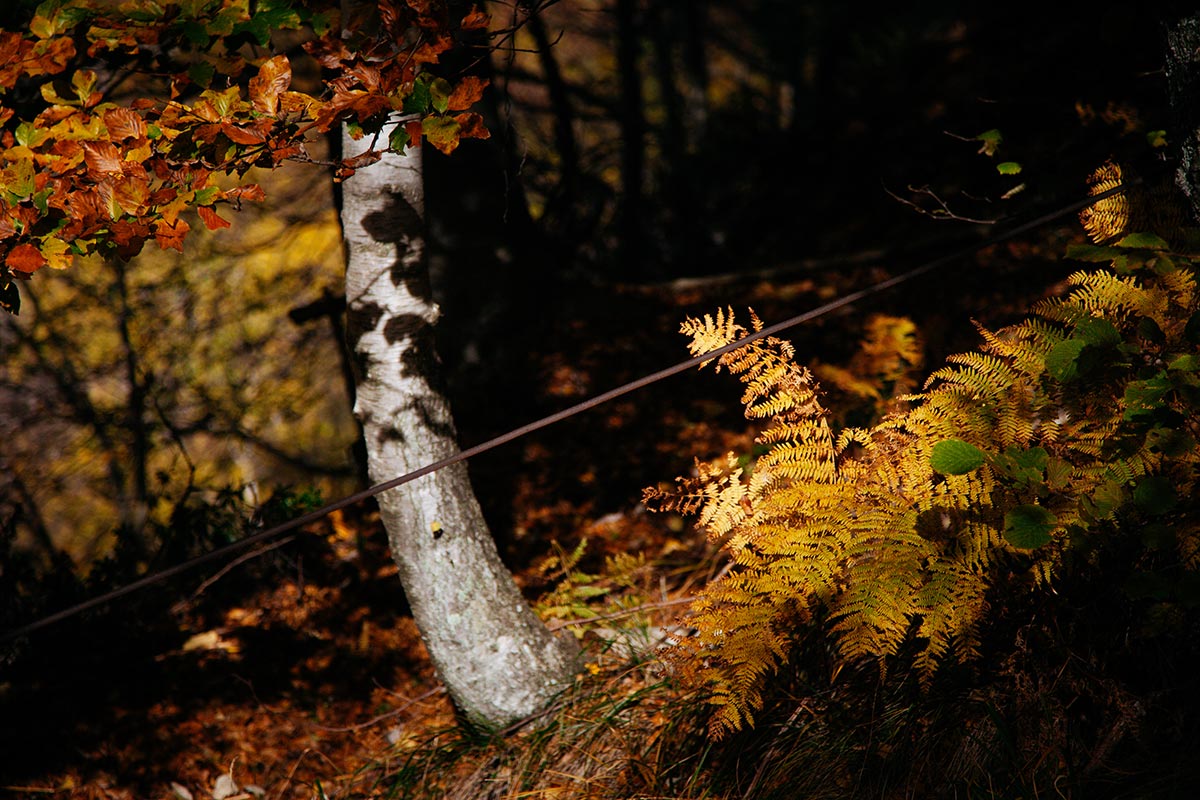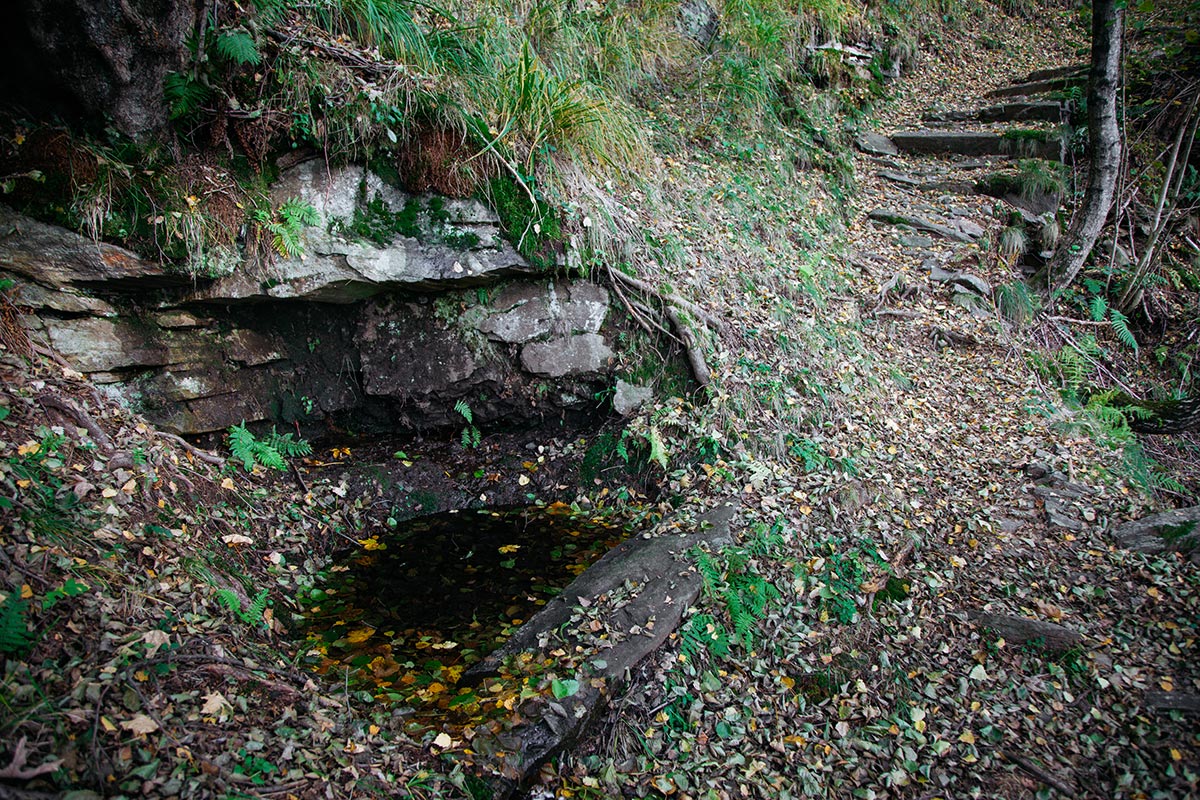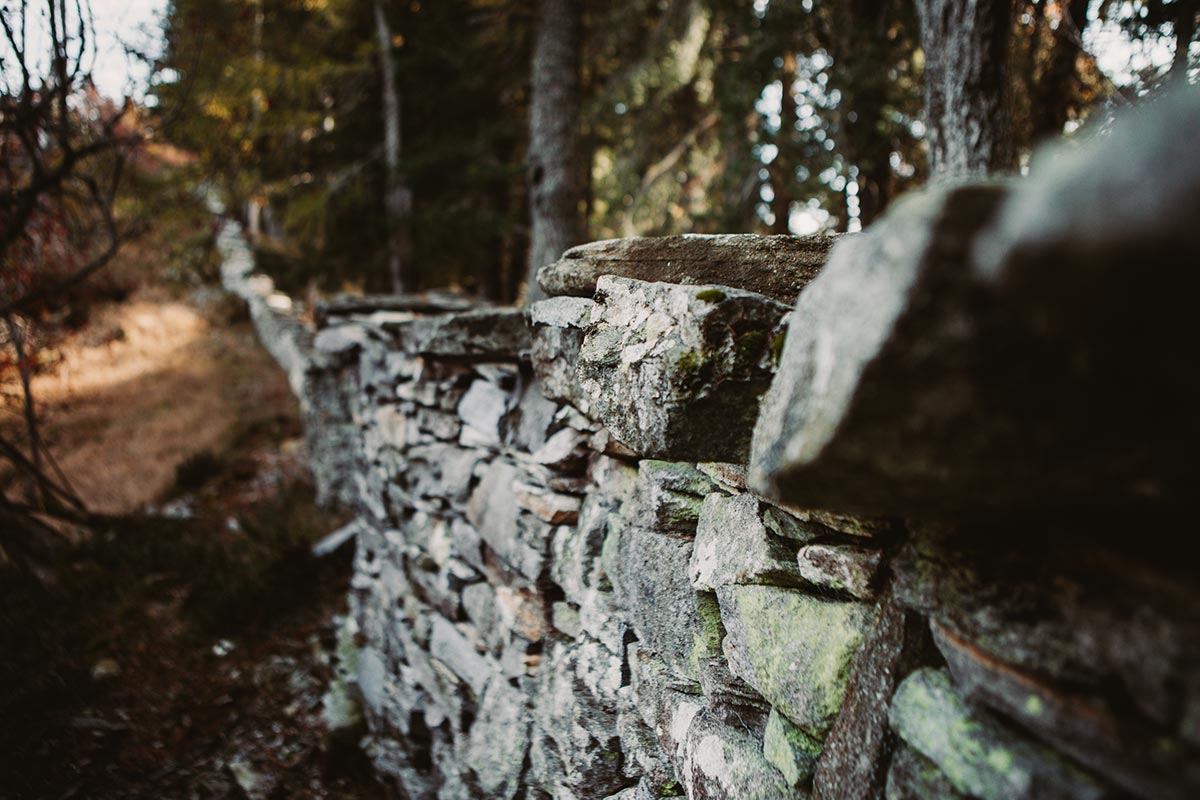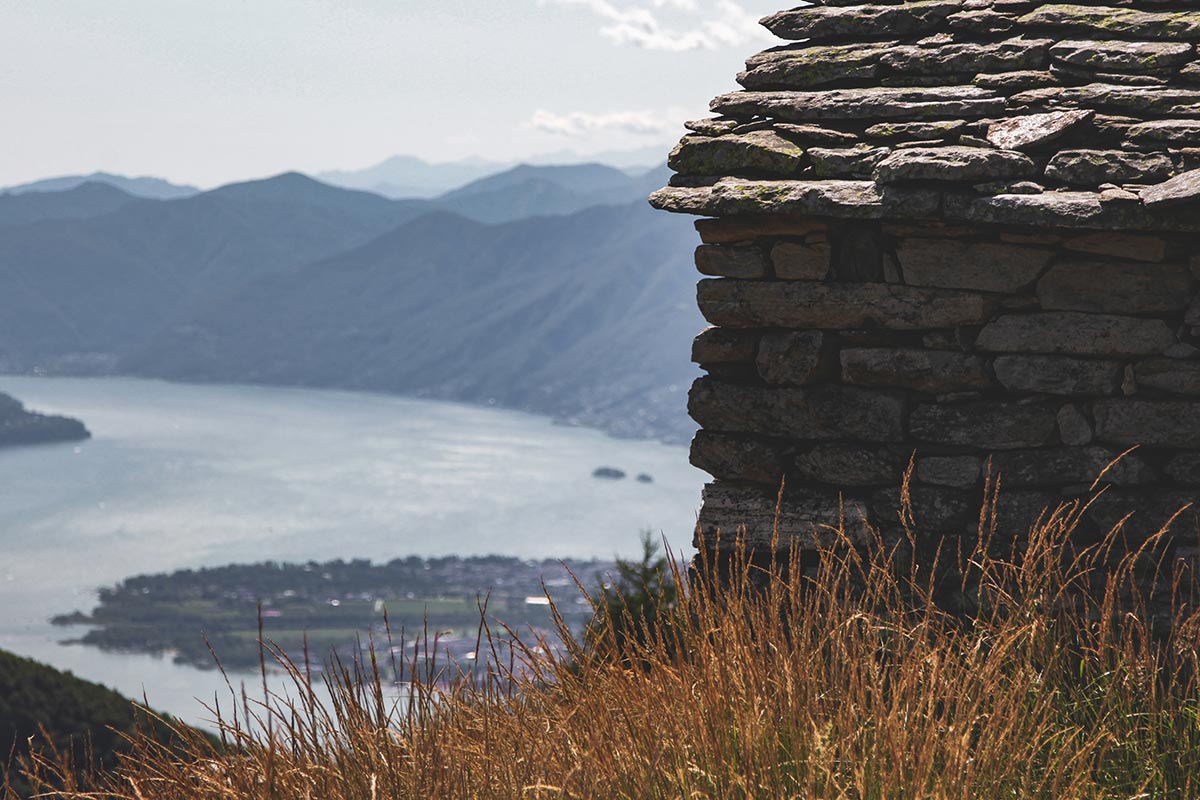
Val Porta, oriented along the East-West axis, presents two morphologically distinct slopes. The left one, very steep and furrowed by deep valleys, is too inconvenient and difficult to access, as a document of 1930 states; it culminates on the Cima di Sassello (1899 m a.s.l.) and is entirely covered by forest.
